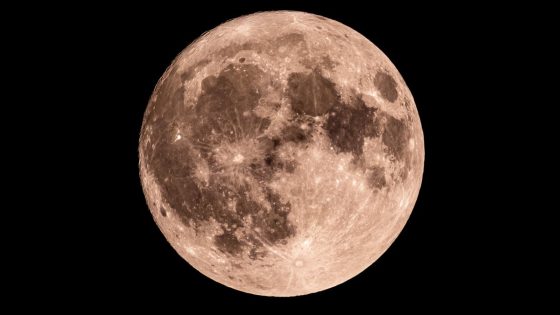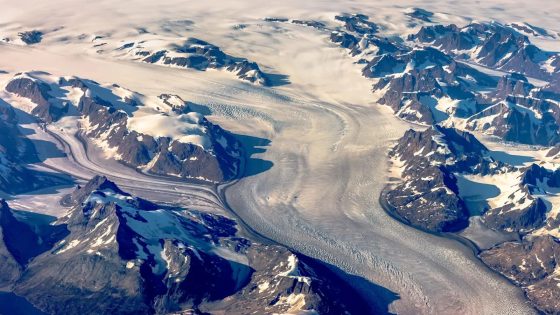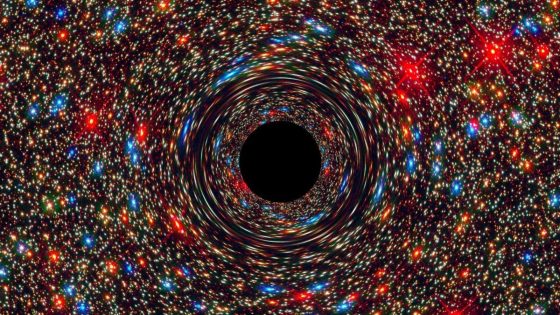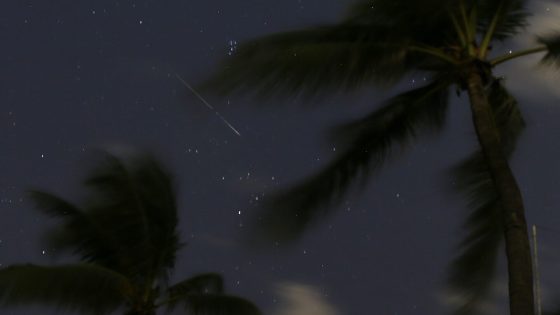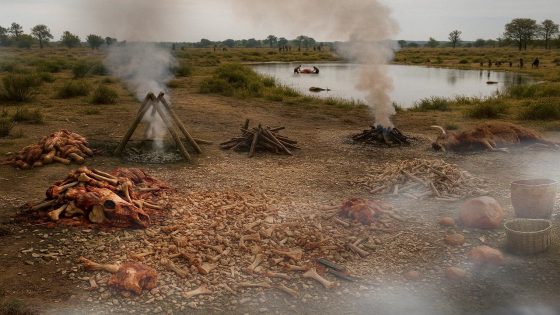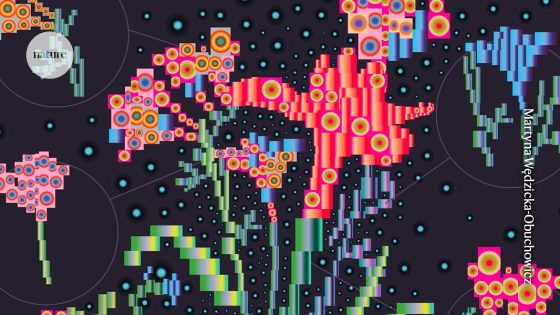The moon is becoming less visible, signaling that we are approaching the new moon phase. This fascinating celestial event is part of the lunar cycle, which lasts about 29.5 days. As the moon orbits Earth, varying angles between the Sun, Moon, and Earth create different phases, including the Waning Crescent observed on August 21, 2025.
- Moon visibility decreases towards new moon.
- Current phase: Waning Crescent at 3%.
- Grimaldi Basin visible with binoculars.
- Next full moon on September 7.
- Eight main moon phases in lunar cycle.
- Moon phases depend on Sun-Moon-Earth angles.
Currently, only 3% of the moon is illuminated, with the Grimaldi Basin being the only notable feature visible through binoculars or a telescope. As we await the next full moon on September 7, it’s a perfect time to reflect on the moon’s captivating phases.
What causes these moon phases? The changing visibility of the moon is a result of its orbit around Earth and the sunlight it reflects. This cycle not only affects nighttime visibility but also influences tides and various ecological processes. Consider these points:
- The lunar cycle impacts marine life and tidal patterns.
- Different phases can affect human behavior and activities.
- Understanding moon phases enhances our appreciation of celestial mechanics.
As we look forward to the next full moon, let’s embrace the wonders of the lunar cycle and its significance in our natural world.



